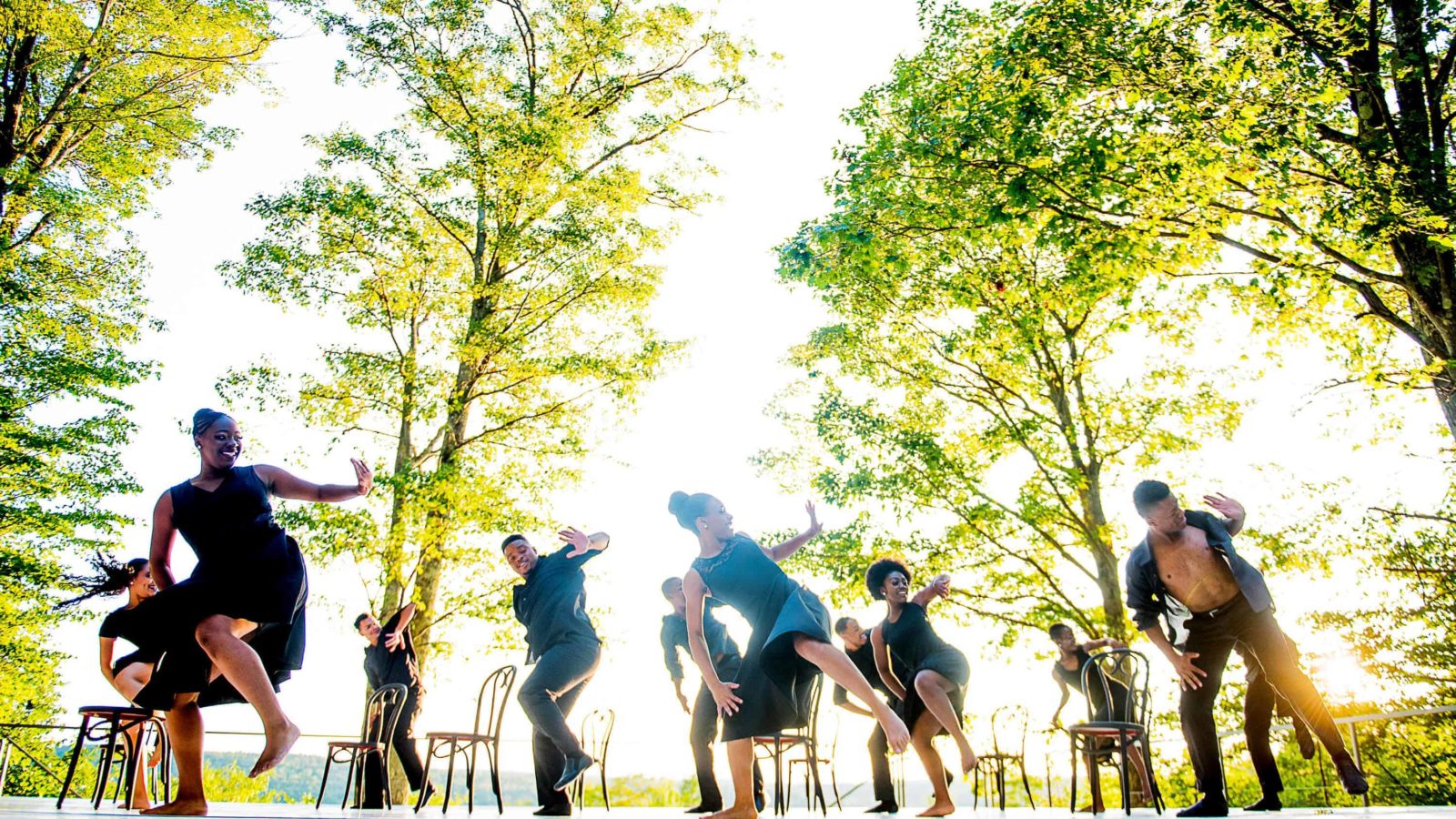I remember a tall, lean young man in loose exercise clothing and toe-shoes. He talked about how hard it had been to become a dancer, growing up in Argentina. He was a member of Les Ballets Trockadero de Monte Carlo by then, and he was performing around the world. But that night he was not a comedian in costume. He was a young artist talking about how he began.
A night like this could only happen at Jacob’s Pillow. Last week, the Pillow let us all know that they are suspending their 2020 summer season because of the pandemic. And it hit me in the gut.
So I am remember this night, years later. That young dancer was part of a large company. The set was a microphone and a chair, and one after another a line of men dancers came to sit with the audience and tell this story. Each one of them had struggled to be what he passionately knew he had to be. Many of them remembered the teacher or mentor who gave them a lift … or the moment when they knew what they had to do.
The youngest had starred in Billy Elliot and was barely out of his teens. The oldest was in his 90s and had been a world-famous choreographer for decades. He walked straight and tall, with a wry lift of his shoulders, as though to say that he was completely aware of his body and its limits.
They came from all over the world. A Latinx ballet dancer from West Texas remembered the day he met George Balanchine. A classical Indian dancer shared percussion with a flamenco artist. A man with roots in the Caribbean remembered learning dance informally, the way his family and friends danced when he lived in the islands as a boy, and he demonstrated, shaking his hips and laughing.
And as each dancer spoke, some of his fellows would cross the floor behind him, half in shadow. They were moving as they now knew how to. They were fluid and electric. The Argentine dancer artist lept in long arcs, launching his own height into the air.
He was performing in an 80th anniversary celebration at the Pillow. Ted Shawn founded this place for men dancers at a time when men wanting to dance would have faced an even steeper battle than they do now, and the Pillow wanted to honor the wide breadth of men in the field today. And so dancers from across the earth sat down to say this is why I dance. This is how I knew I had to. This is what it cost me, and this is why I’ll never let it go.
The Pillow is a rare place, and this is part of it. People move and speak openly here. I remember this night, years later, because these dancers talked to me and the audience the way an old friend might talk late on a summer night. The Pillow has its own kind of energy. Emerging performers and internationally sought choreographers come to a mountaintop in Becket, hours from a major city or an airport, and they make new work, they teach and talk in the dining hall and come to see each other perform.
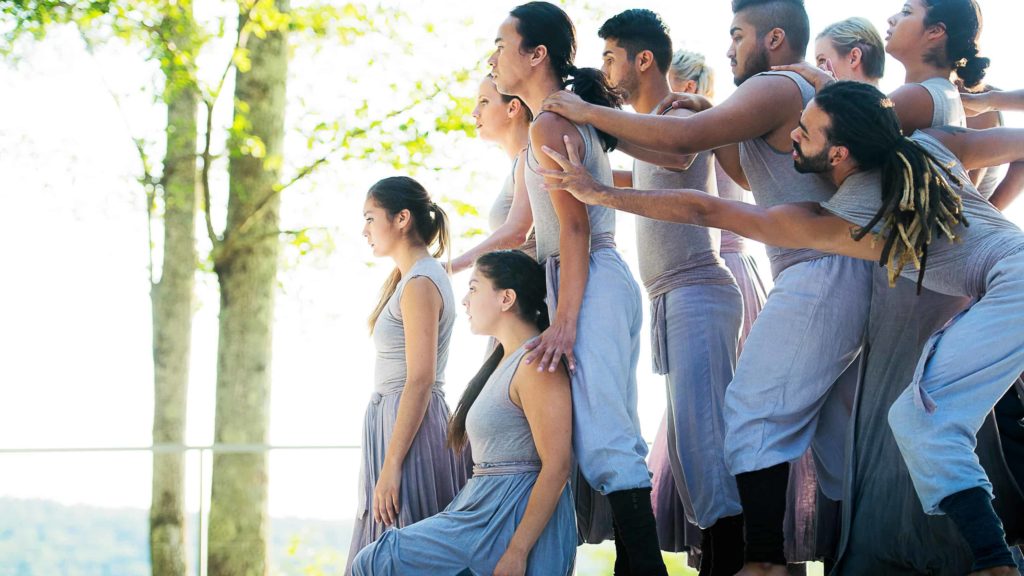
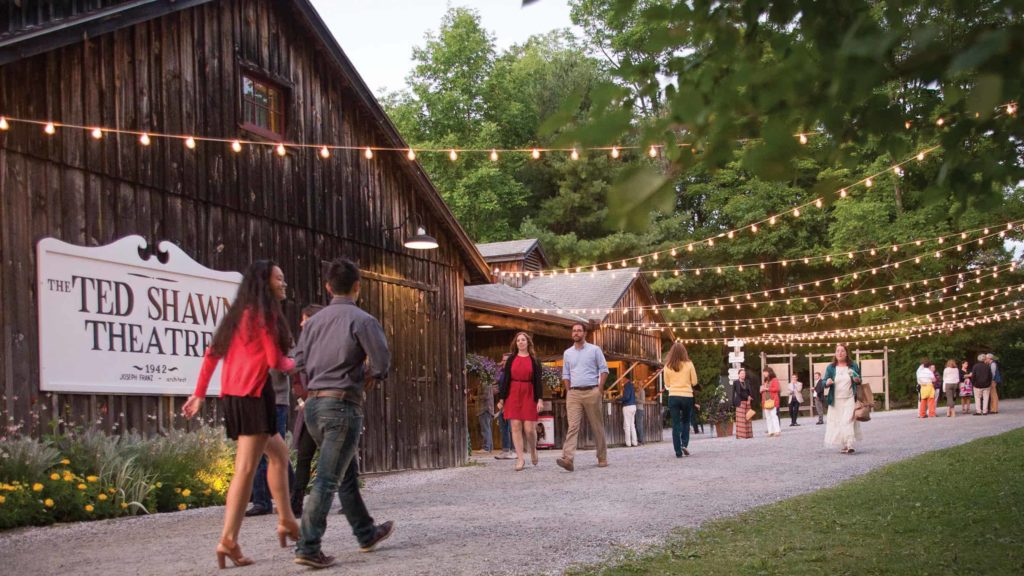

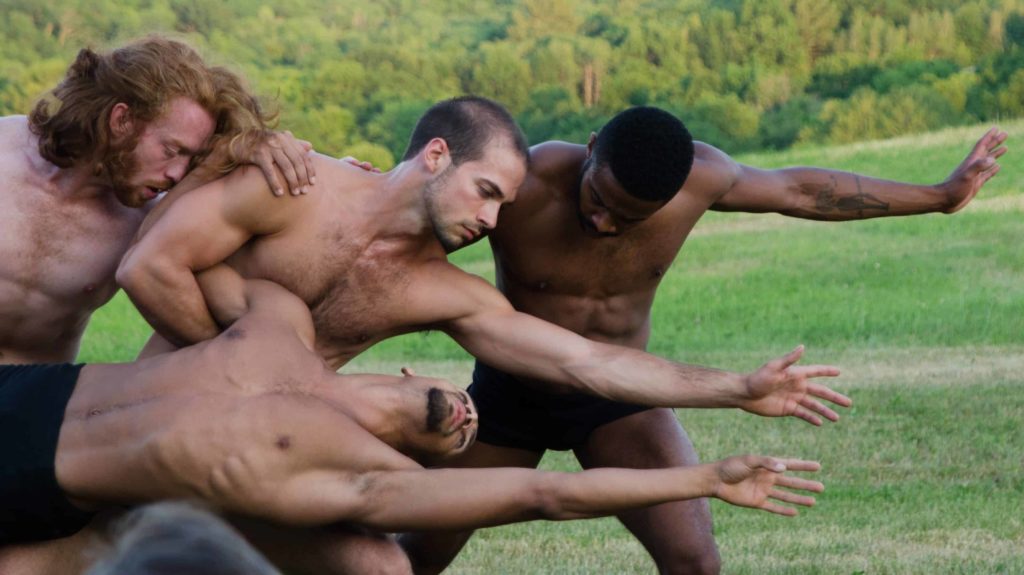
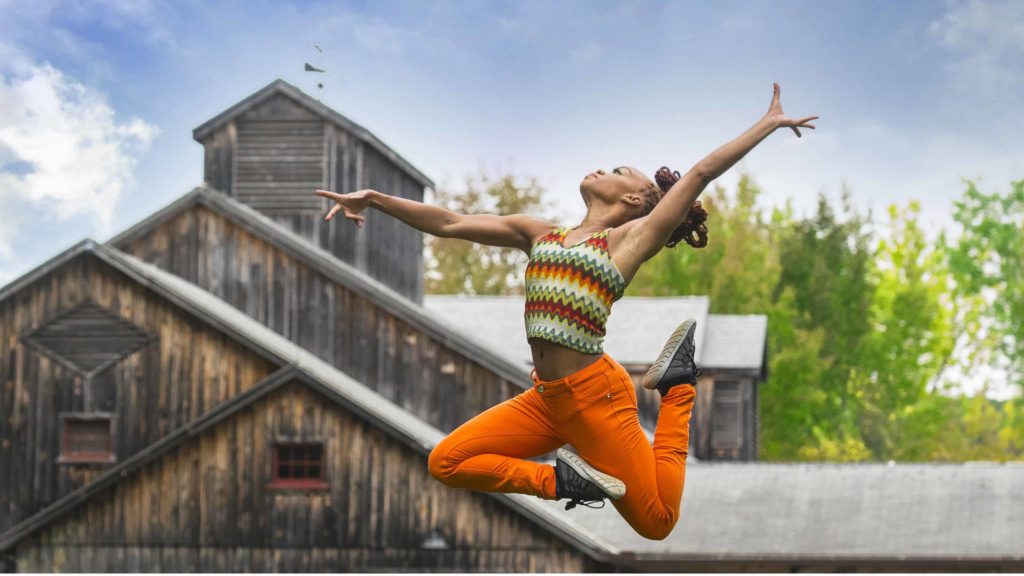
And this summer they will not be here.
I can understand it. People come hundreds of miles to dance and teach at the Pillow. For the sheer breadth and quality of their performers, the Pillow stands high on a tall list in the Berkshires. And travel is impossible to plan for right now. Groups are not safe. A festival this massive takes weeks of work to prepare for. This is the safest, most responsible way to go.
But it’s hard for a lot of people. Dancers, the summer staff, the teachers and students … a lot of people love this place and need it. I look forward to coming up here. One of the delights of my job is to come into a rehearsal room and talk with Reggie Harris about the meeting points of ring shouts and Shaker dance. Or listening to Sandra Laronde telling Anishinaabe origin stories about the stars.
Talking about movement, we talk about history and possible futures. We talk about sadness and anger and love. Choreographers hold stories in their bodies. They deal in raw feeling. When someone falls, collapses, lifts someone up, carries someone’s weight — you feel it. You take it into your own body, indelibly.
When I can, I come here on summer nights. I can walk on the trails and listen to talks, wander through a show of life-sized photography in the barn, and sit on a wooden bench to watch a bharatanatyam dancer from southern India improvise on the Inside / Out Stage to live drum and strings … all free. And then have a sandwich with local goat cheese and olive oil. Or an ice cream cone. And all of that comes before the evening performances on the main stages.
Jacob’s Pillow began as a hilltop farm, and it evolved first into a summer festival. I can feel that in the architecture. The restaurants are open counters, and the mainstage grew from a weathered barn. The campus has grown year-round, but a lot of it is still open to the air. And at the same time it feels self-sufficient. I can spend hours here and leave in the dark, and feel stretched and relaxed and full.
Now I don’t know what will happen this year. No one knows yet. But I do know that whenever I have seen Pam Tatge and the Pillow make a commitment, they have followed through. She has made the artist residencies genuinely year-round. She has reached out to the local people in the Berkshires and invited them in, and given them ways to come. She has worked to build relationships and to make everyone who does come feel welcome.
Last August, she and Sandra Laronde worked to curate a full week of events around Laronde’s new work, Trace, with Red Sky Performance. They called this week The Land on Which We Dance, and they made it to honor the place and the Native people who have always lived here.
I wanted to come so badly. Martha Redbone and Soni Moreno were singing together on the opening evening — imagine a multi-award-winning blues and soul singer, Cherokee and Choctaw and rooted in the sounds of Kentucky stringbands, and a roots musician and singer of Mayan, Apache and Yaqui heritage. Imagine an elder of the Nipmuc talking with Wampanoag Nation singers and dancers. Imagine them here, on a stage out under the pine trees, looking across the valley at sunset.
I couldn’t come then because I was in the middle of moving house. The van was coming the next day, and while I was getting ready for it, after a weeklong slog, I walked into a box and hit my right foot hard enough that I wasn’t sure I could drive two hours round-trip with a stick-shift. But if I could have made the drive, I would have.
It is a central part of what I love about the Pillow that they will work to create a week like this, and a night like this. Pam Tatge gave Sandra Laronde the freedom to make something new and beautiful and deep.
And when the Pillow takes on work, they keep hold of it, with steady force. Six months later, on a bitterly cold afternoon in February, they opened a movement workshop in February with a moment of quiet to honor the same people. They had brought choreographer Joanna Haigood to Pittsfield, and they held a moment together to honor the Mohican and Kanien ke’haka and Haudenosanunee and others, before she took the floor to share her new work on W.E.B. DuBois and The Souls of Black Folk.
So when Pam Tatge and the Pillow community say “we will do all we can to take care of our staff, community, artists …” I believe it. The Pillow has shown a profound sense of responsibility. And directness. And delight.
She says, “we are working with Festival 2020 artists on how we can support their work now and in the future; we plan to resume our community engagement programs around Berkshire County as soon as it’s safe to bring people together …”
I hope it will be soon. I am already sorely missing the early summer nights I hoped to have at the Pillow this year. But I believe in the place Ted Shawn began when he was 40, with a barn for a rehearsal space and kerosene lamps in the outbuildings. He and the Pillow survived World War II. And think how impossibly moved he would be to have seen a young Argentine Trockadero leap across his spare wooden floor, in a roomful of friends, without fear.

